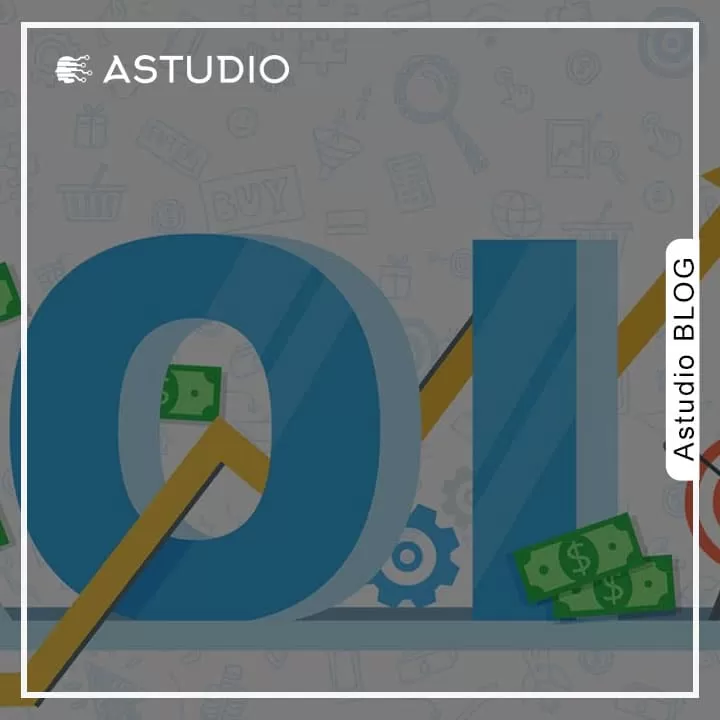ROI index in online advertising

A widely-used abbreviation measures the profit or loss generated by an investment. Each initiated campaign on a specific platform has its result, and by this formula called ROI, an investor can measure returnability.
A simple algorithm calculates the cost-effectiveness. The algorithm is based on 3 indicators.
- The cost price of the advertised product/service
- Sales' income (the price of product/service price)
- Advertising budget
ROI shows the percentage of advertising profitability, which is the most important coefficient for the investor. If the ROI is higher than 100%, the investment is considered profitable, any other, lower value indicates that the investment does not justify itself. For the calculation, subtract the cost price from the price of the product or service, divide the number by the number of the advertising budget, multiply the result by 100%
ROI = Price — cost price / Advertising budget
For profitability reckoning, this algorithm is simple, but it does not provide a recalculation reckoning for a limited time or marketing expenses. For ROMI (return on marketing investment) reckoning, it is necessary to use the following algorithm.
ROMI indicator= (Total advertising budget spent during the period + total sale -total cost price) / marketing budget.
For example, say Landing sites development service: Suppose the company offers landings and starts from ad campaigns by following indicators
- Landing development cost price: $200
- Sale price: $400
- Advertising cost: $200
- Minimum order quantity: 2
ROI=(400-200)*2/200*100%=200%
In this case, double profitability is ensured. In other words, the more orders a web company receives in a limited period, the higher the ROI is.
Services
Discount yield
It is ordinarily considered, that if big discounts, intrusive and aggressive advertising are combined, sales go up, and the income provides by the quantity of the service/product sold. No one denies that discounts, promotions, dumping stimulate sales.
However, if we do not mean "fictive" discounts when the old price is very high, is that policy always profitable?
Take the same landing service as an example. Suppose Astudio company offers a 40% discount for building a website, the cost, and selling price remains the same, and the quantity is doubled due to the discount.
ROI= (240-200)*4/200*100%=80%
As a result of the reckoning, it turns out that even in the case of doubling the sale, the discount result is negative. Investment analysis and experience show that unreasonable discounts affect the quality of work. If the company has a limited working resource and the number of orders doubles, the only way to avoid loss, is to work twice as fast, which ultimately impacts quality.
Due to reckless discounts or dumping during the financial crises, the company receives resources but consumes staff by earning problems with customers because of the quality, which in turn spends more time smoothing them out, leaving them with no net income.
70% of people find information online before shopping. Want to stand out among competitors? We'll show you how in five (5!) minutes.